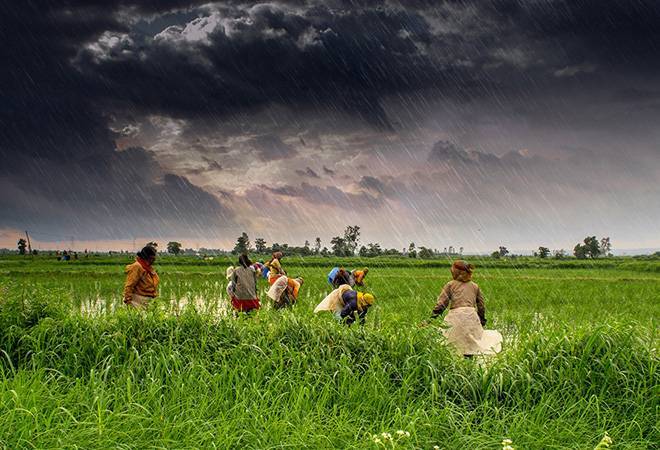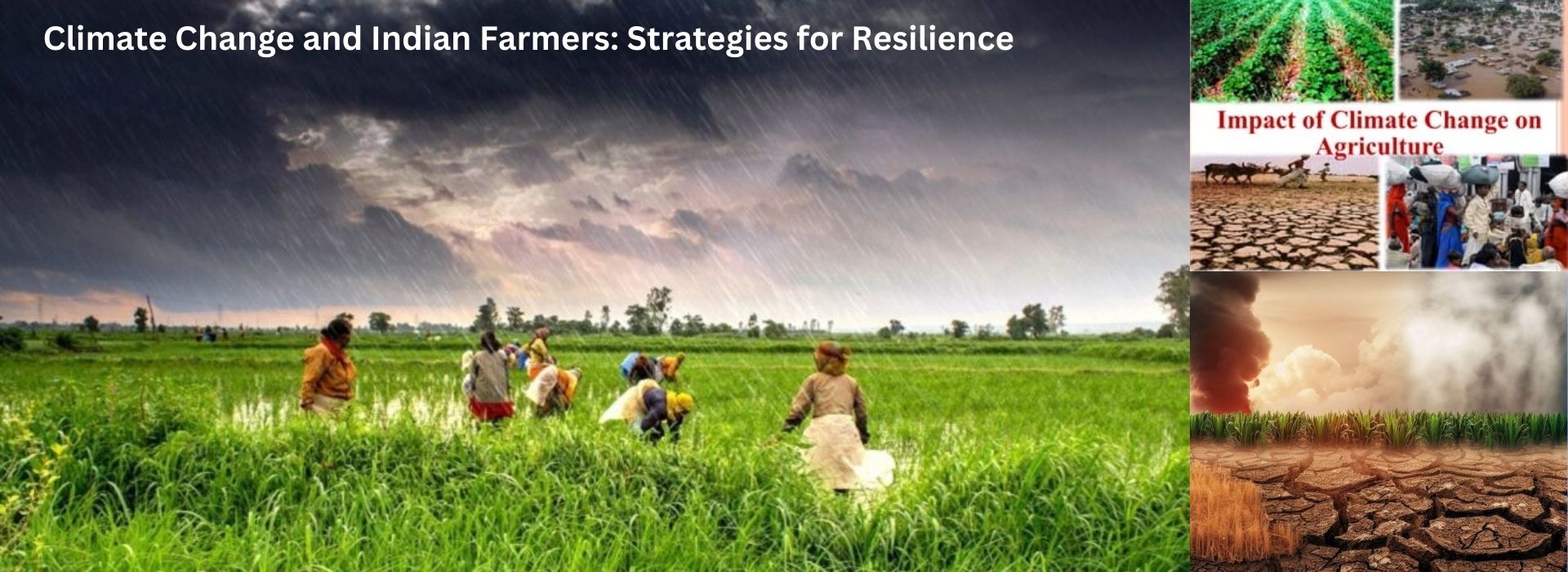How Rainfall Patterns are Changing
January 29, 2024Rainfall, a vital component of Earth's water cycle, has long been a subject of fascination and concern. In recent years, scientists and environmentalists have observed significant shifts in rainfall patterns worldwide. These changes are not just isolated events but part of a broader phenomenon with far-reaching consequences. In this blog post, we delve into the reasons behind the shifting rainfall patterns and explore the mechanisms driving these changes.
I. Climate Change:
One of the primary drivers of changing rainfall patterns is climate change. Human activities, such as the burning of fossil fuels and deforestation, have led to an increase in greenhouse gas emissions. This, in turn, has contributed to global warming and alterations in atmospheric conditions. As the Earth's temperature rises, so does the capacity of the atmosphere to hold water vapor. This heightened water vapor content can result in more intense and erratic rainfall events.
II. Atmospheric Circulation Changes:
The Earth's atmosphere is characterized by intricate circulation patterns influenced by factors like temperature, pressure, and the Earth's rotation. Changes in these factors can alter the normal patterns of atmospheric circulation, leading to shifts in rainfall distribution. For instance, the El Niño and La Niña phenomena, which are part of the larger El Niño-Southern Oscillation (ENSO), can cause temporary disruptions to global weather patterns, affecting rainfall in various regions.
III. Urbanization and Land Use Changes:
Rapid urbanization and changes in land use can also impact local and regional rainfall patterns. The conversion of natural landscapes into urban areas often results in reduced vegetation cover, leading to altered surface temperatures and increased runoff. Urban heat islands, characterized by higher temperatures in urban areas compared to surrounding rural areas, can influence atmospheric circulation and precipitation patterns.
IV. Oceanic Influences:
The world's oceans play a crucial role in regulating climate and precipitation patterns. Ocean currents, sea surface temperatures, and the state of oceanic circulation patterns can all influence rainfall. Changes in these oceanic factors, such as the warming of sea surface temperatures, can lead to modifications in atmospheric conditions, affecting rainfall distribution globally.
V. Extreme Weather Events:
The intensification of extreme weather events, including hurricanes, cyclones, and typhoons, can have a profound impact on regional and global rainfall patterns. These events are often associated with increased precipitation, leading to flooding and other weather-related disasters. The frequency and intensity of these extreme events are on the rise, contributing to the overall changes in rainfall patterns.
At krishibazaar.in, you can find and buy various agricultural products. For agricultural guidance on selecting the most suitable products for your crops, please contact or WhatsApp at +917887880887.






Guest reviews
No reviews found for this Blog